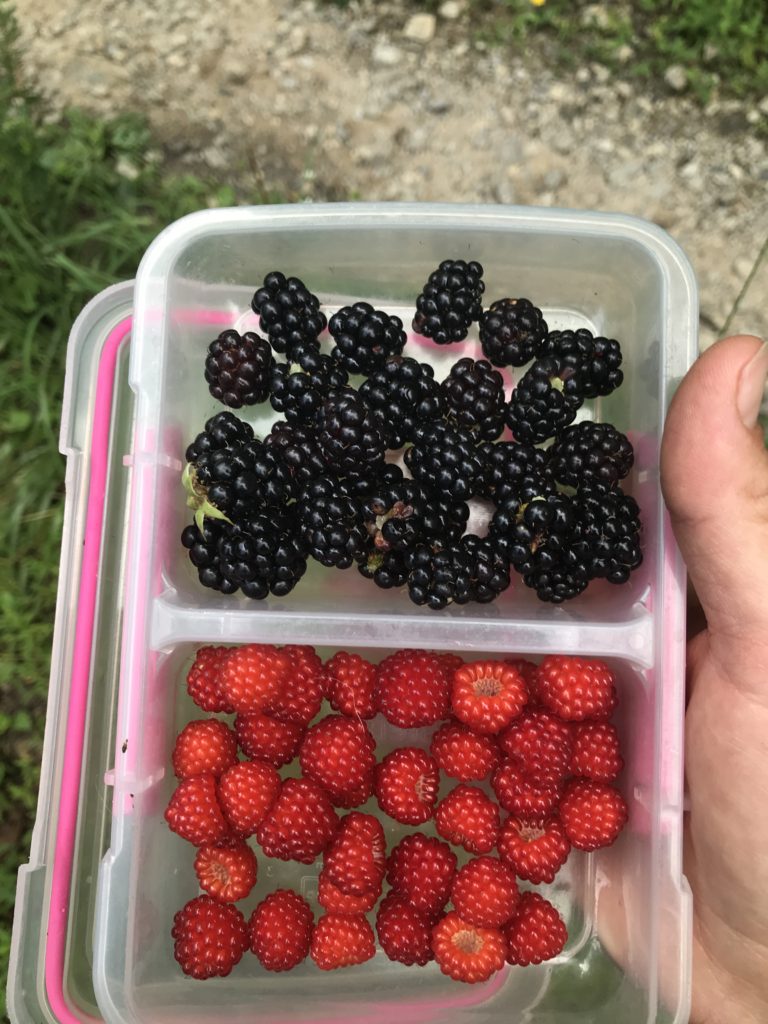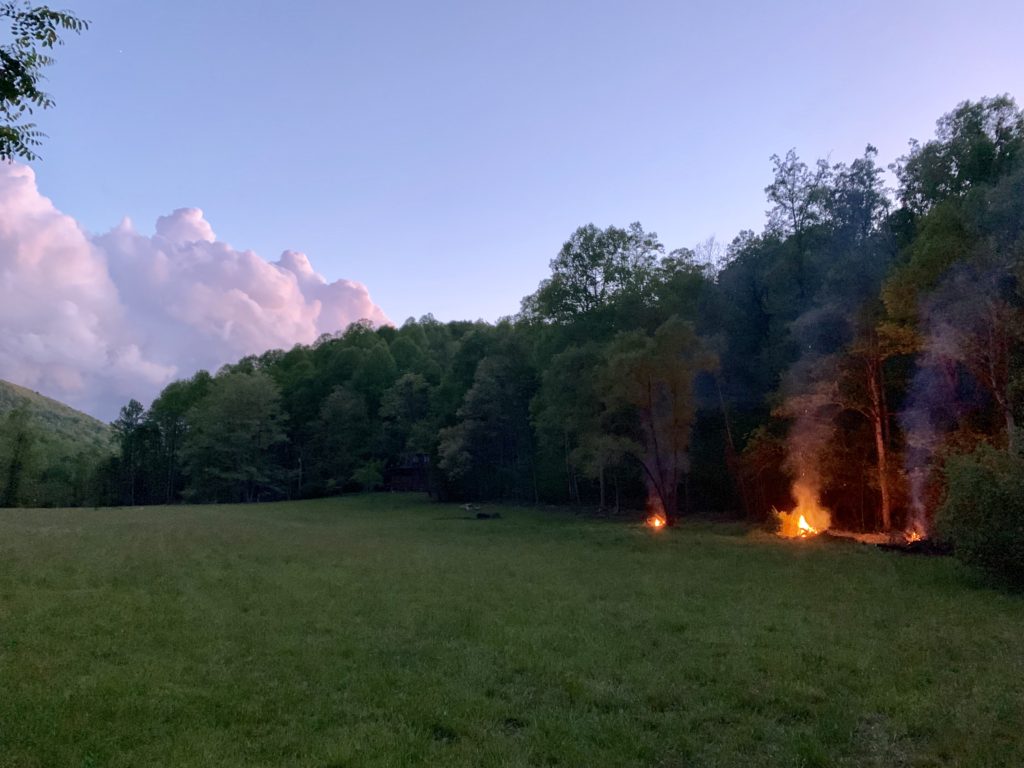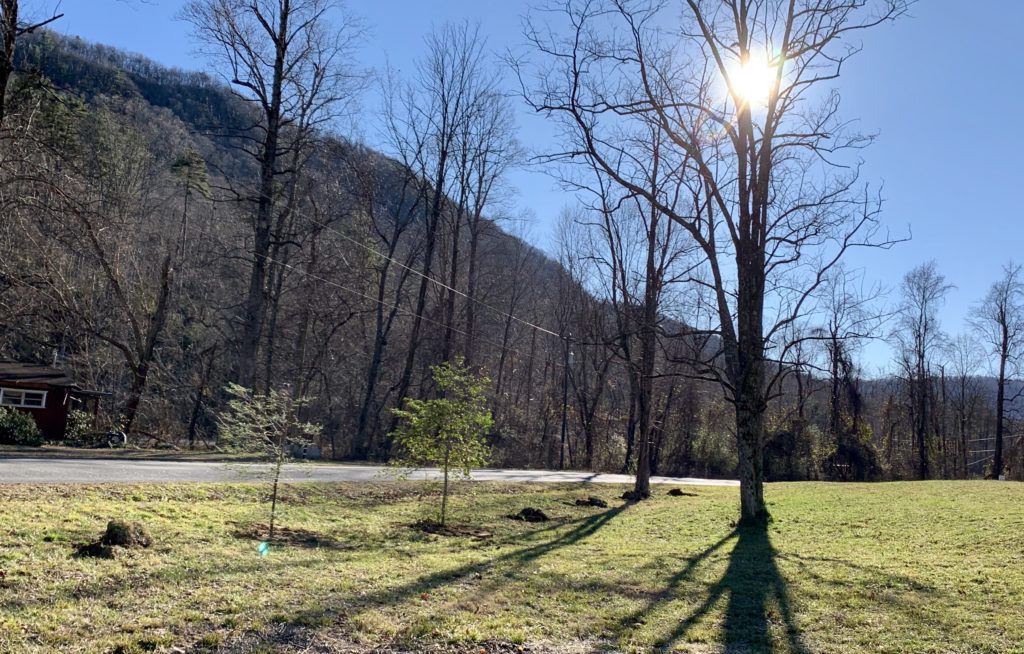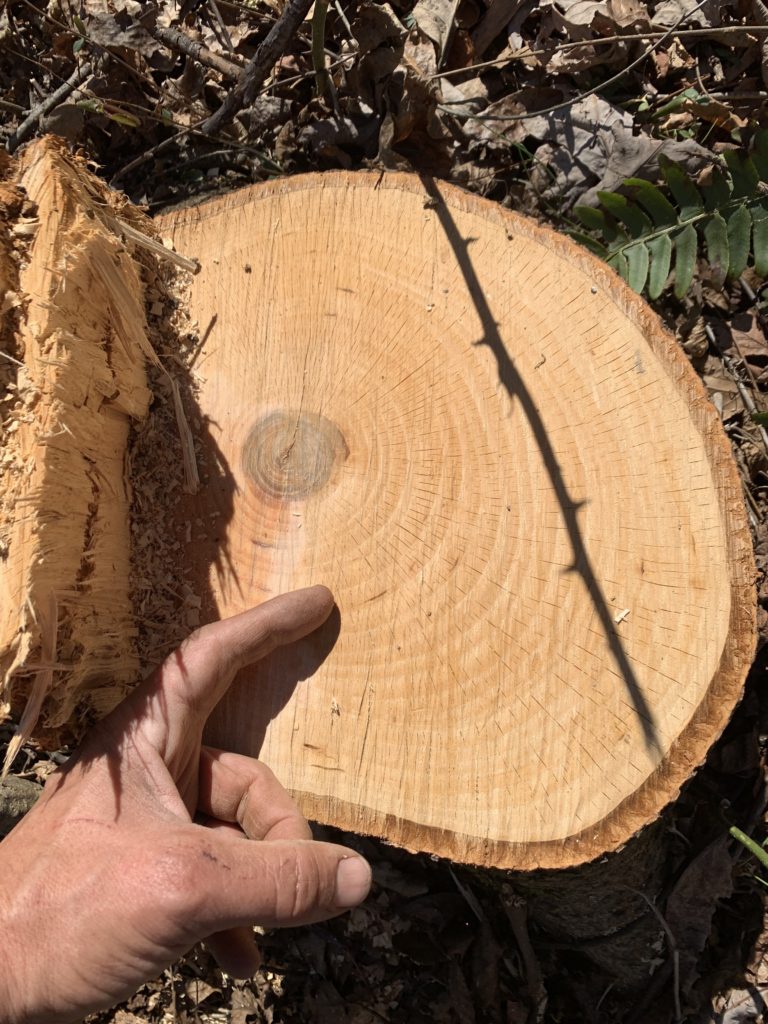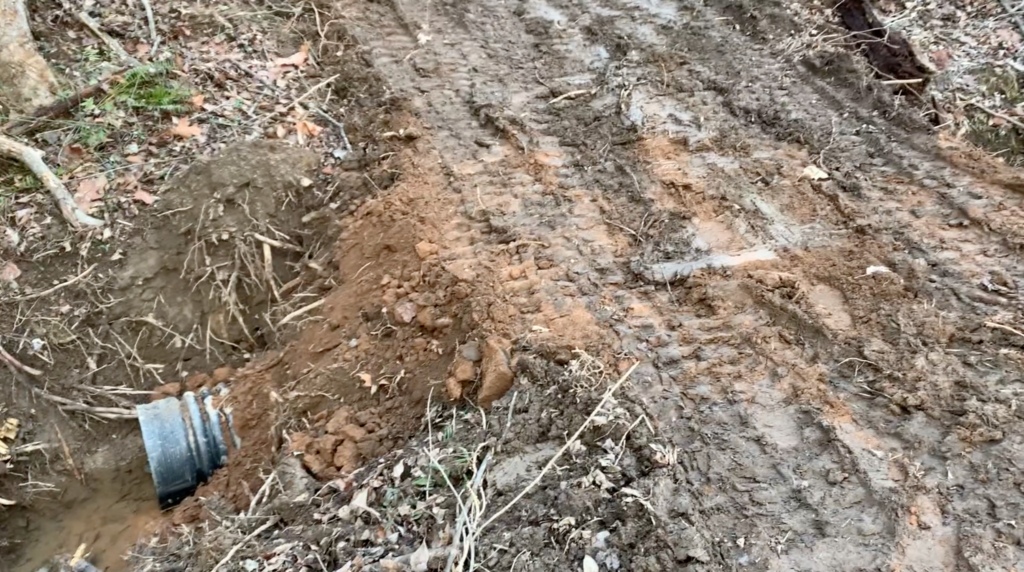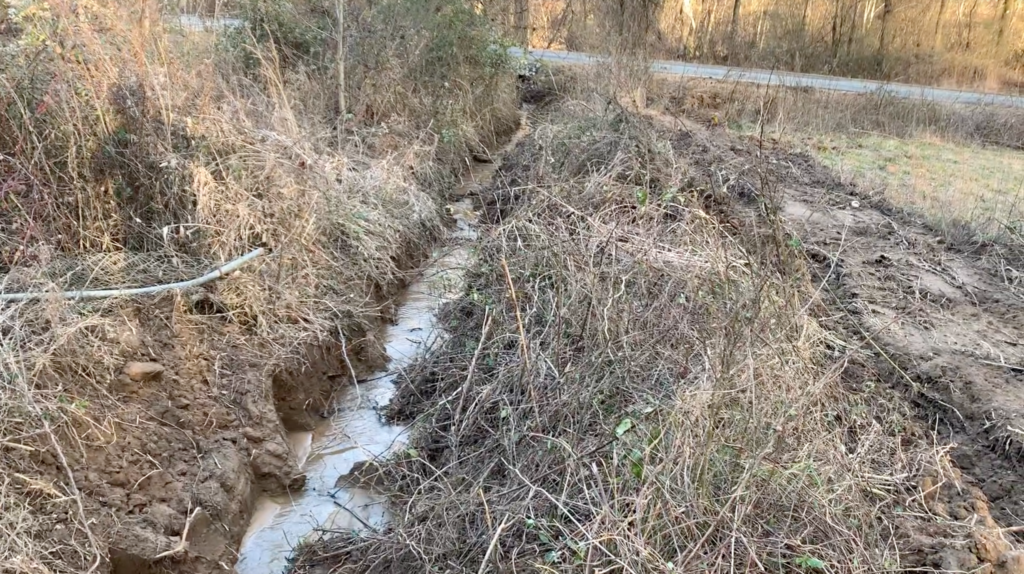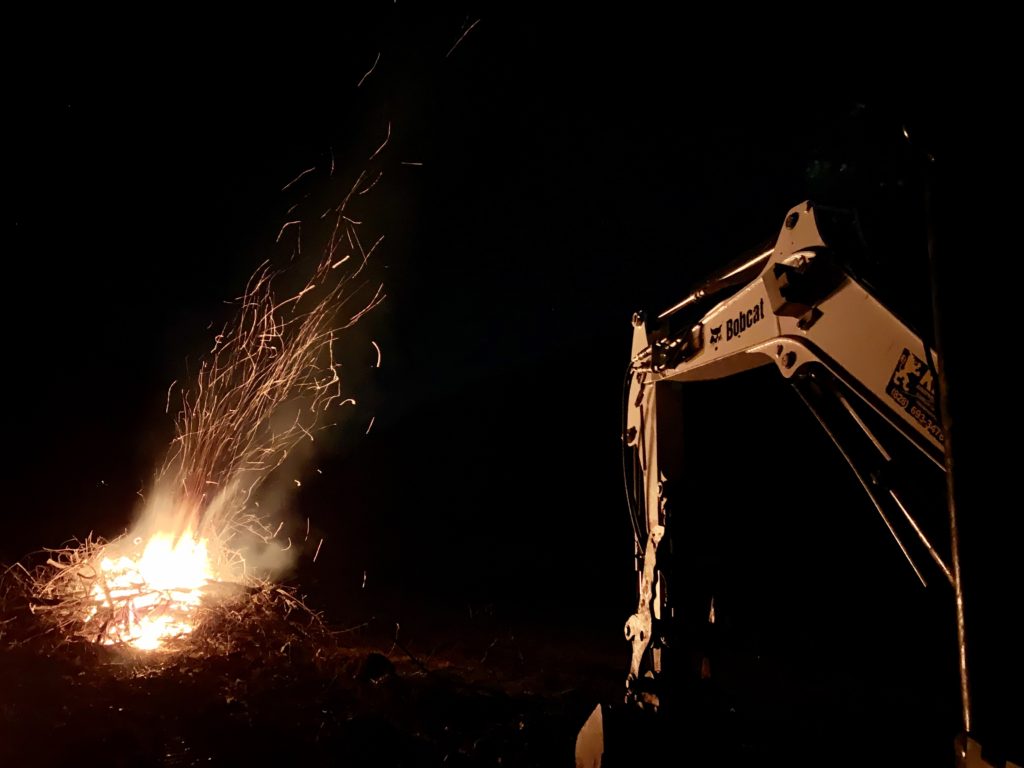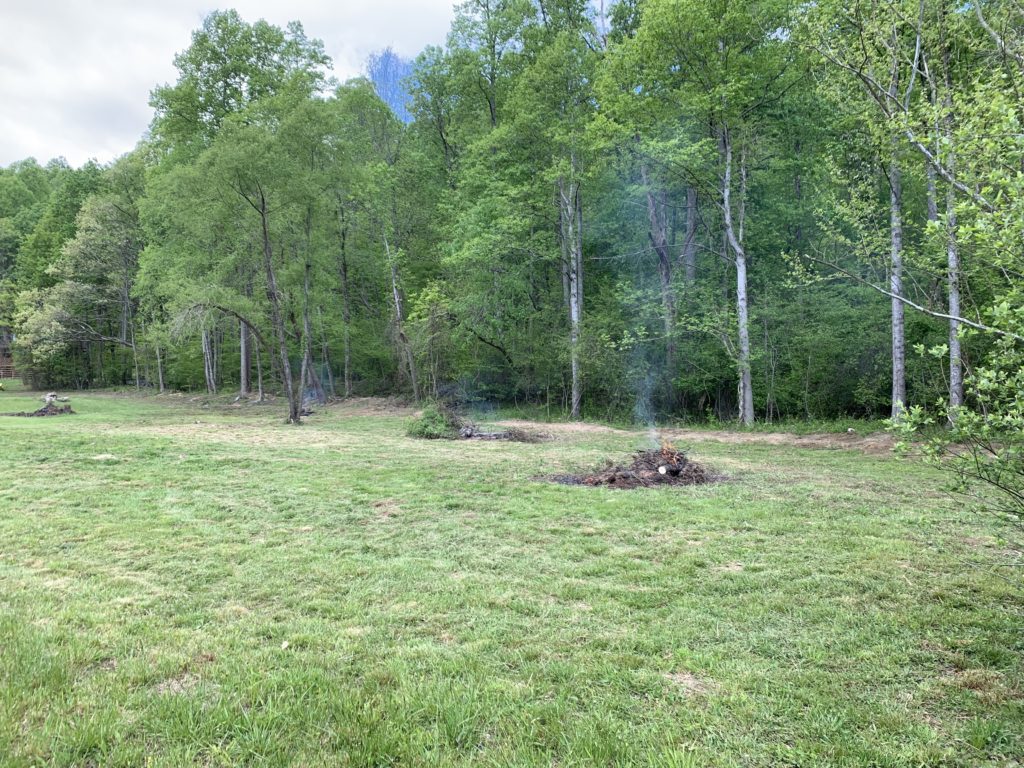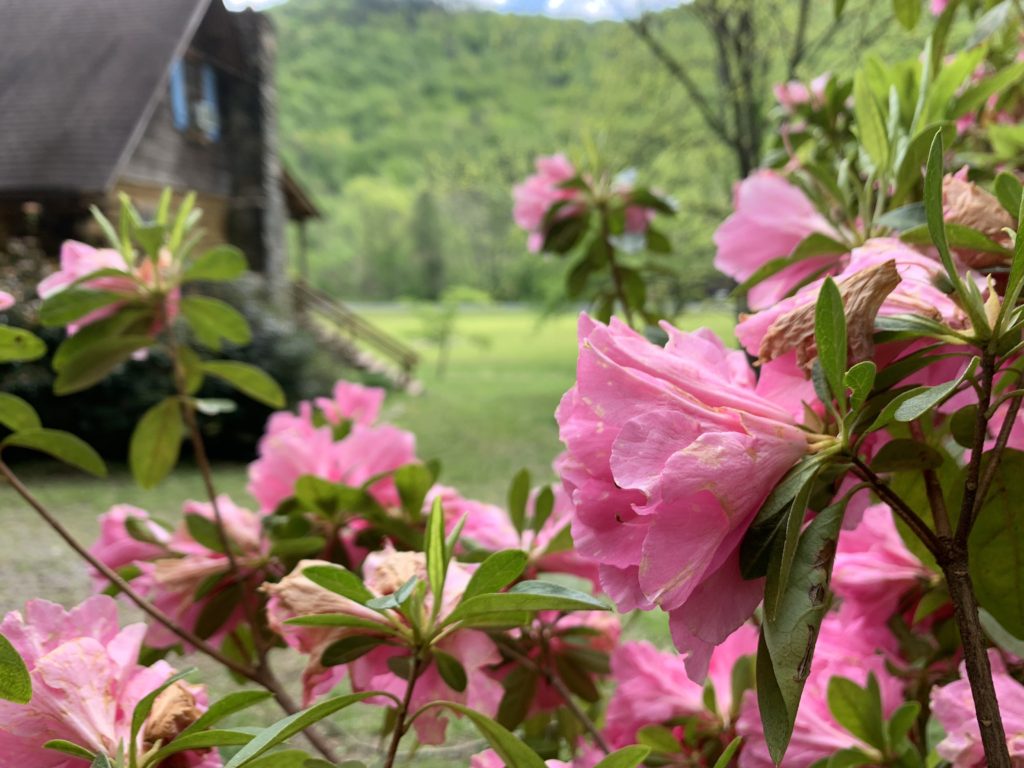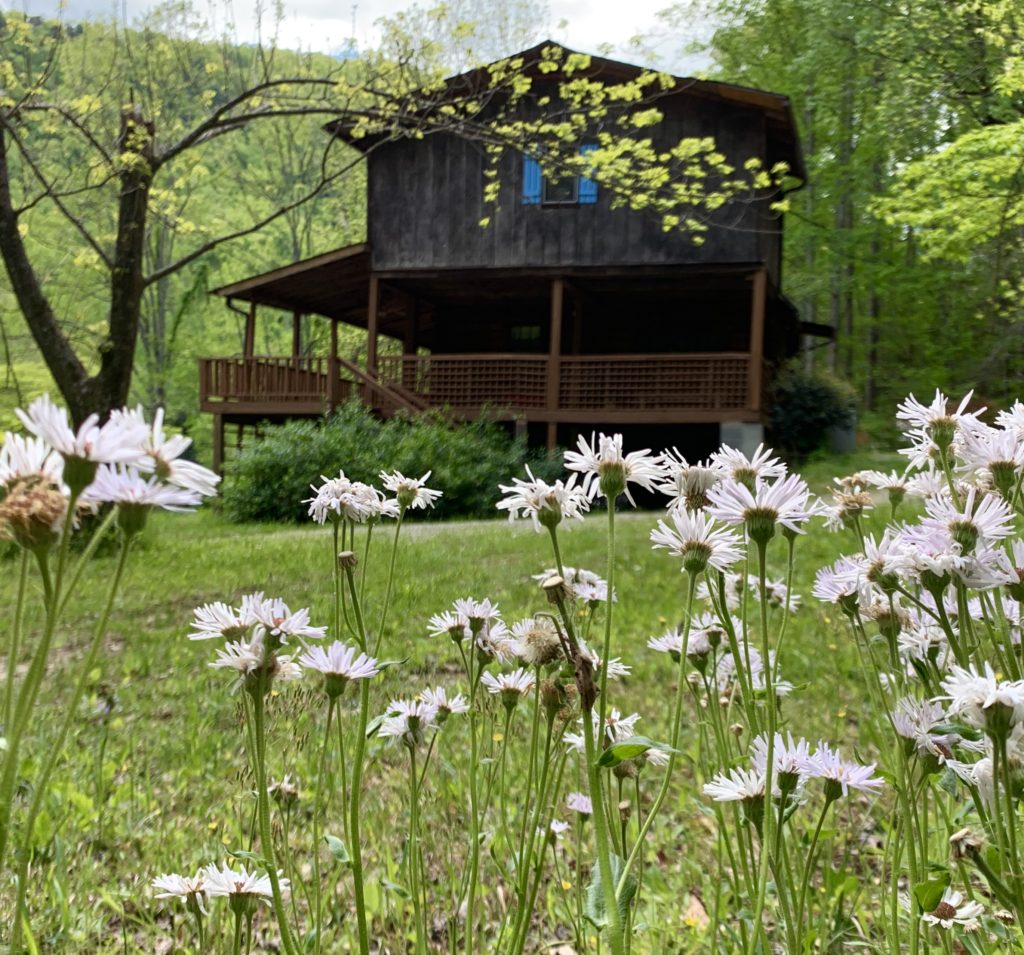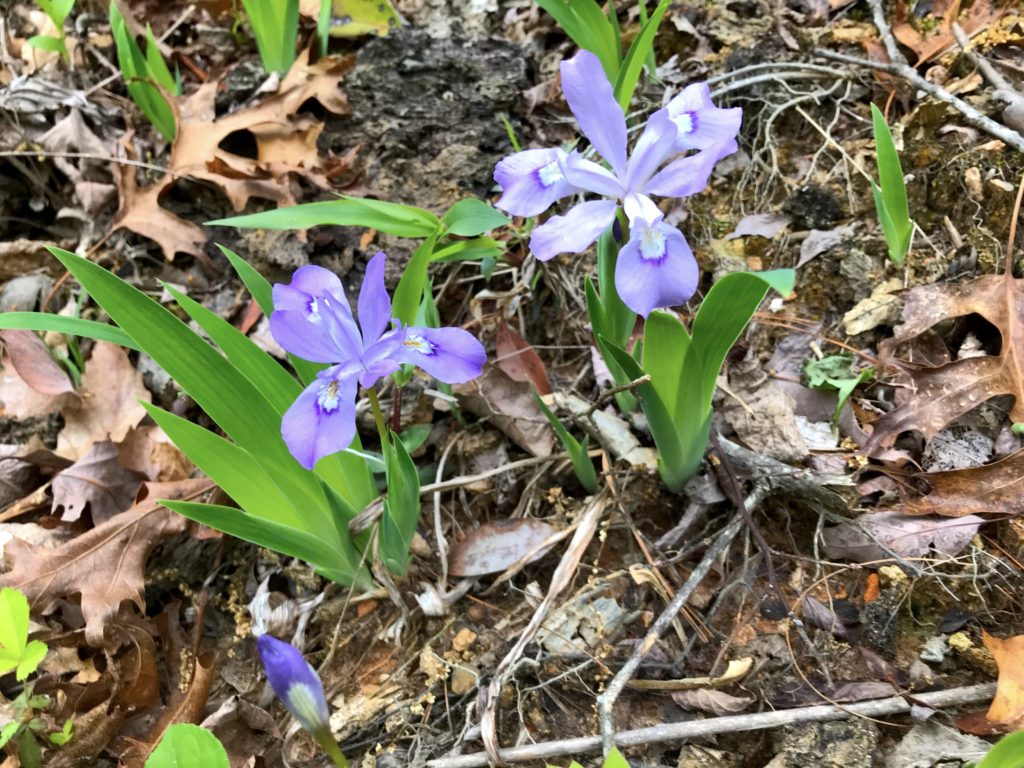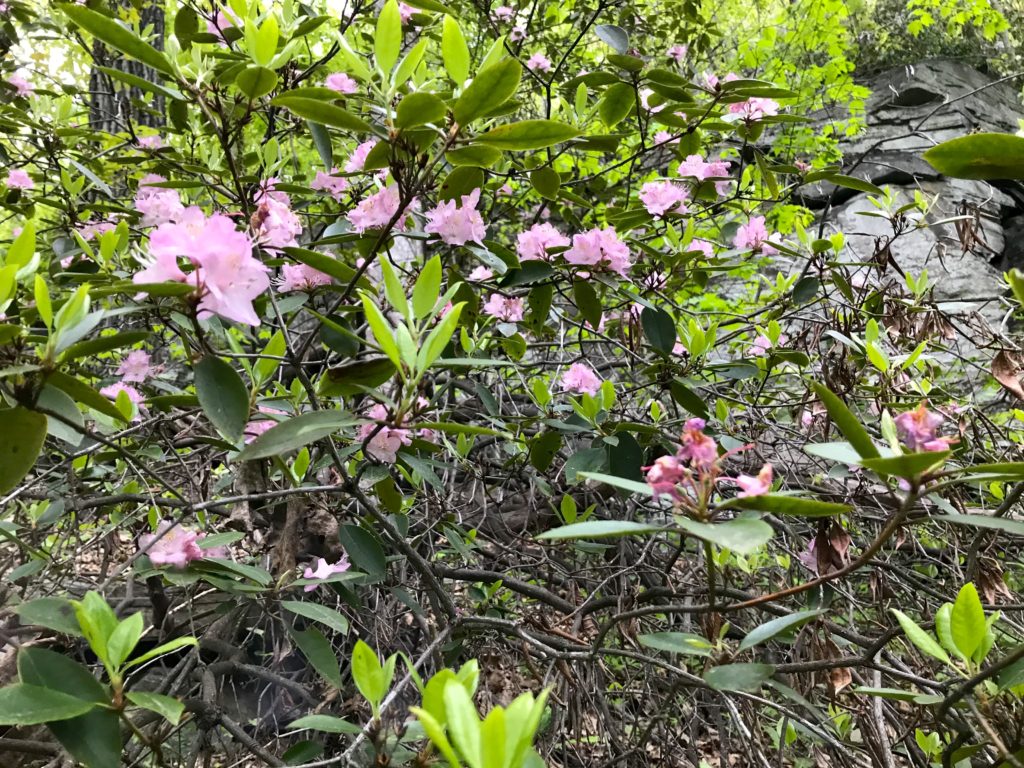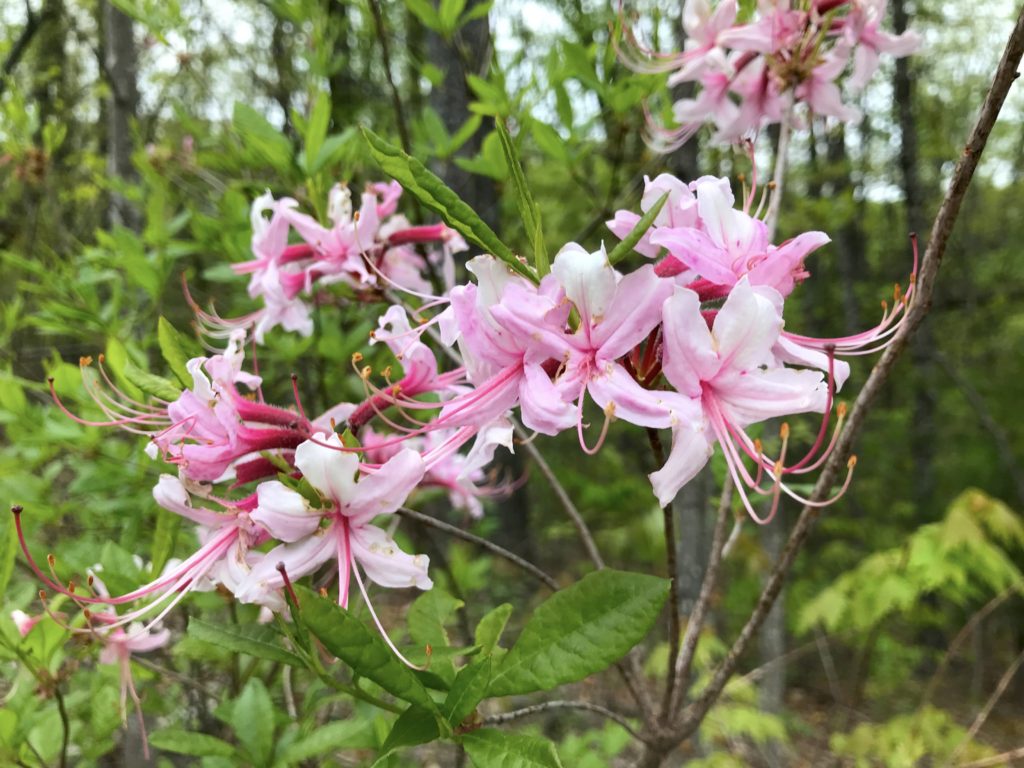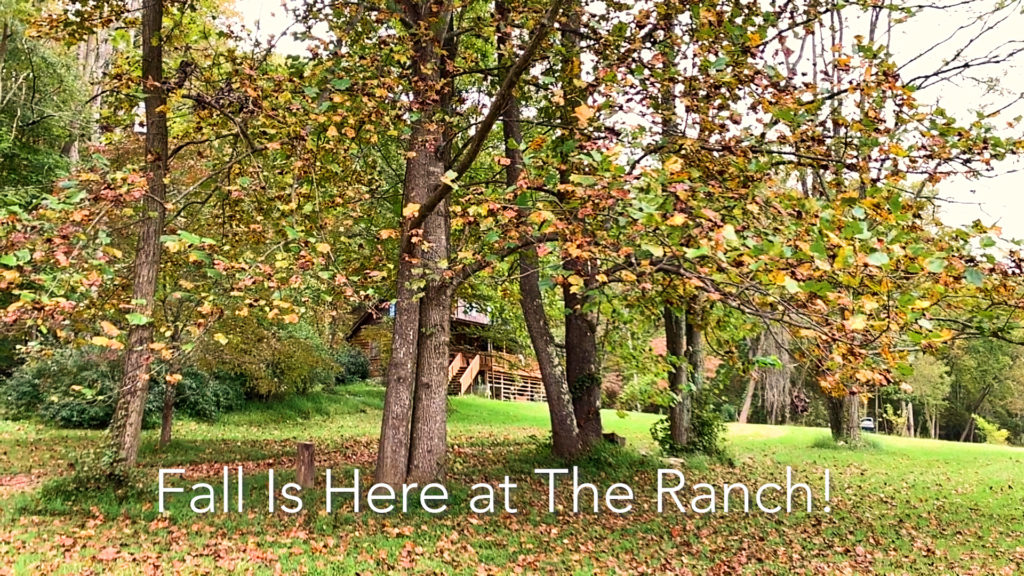
The summers are so green and lush in the cove you sometimes forget fall and winter will soon come sweeping in. Yet inevitably the green pigment in the leaves known as chlorophyll will give way to the other colors of the leaves that are typically covered up.
Chlorophyll is the tree’s primary means of producing nutrients during the summer. But with autumn this green compound breaks down. This demise of the green pigments allows other, previously masked colors to come forward.
These colors become markers for certain tree species abundant in the cove. The two other pigments responsible for fall’s colors are:
- Carotenoid, which is yellow, orange, and brown
- Anthocyanin that gives the red color.
Which Trees Have Red Leaves?
You need sunny fall days and colder fall nights for the Reds to become abundant.
Leftover food in the leaf is transformed into the color red through anthocyanin pigments. The red pigments in the leaves are the same as those in cranberries, red apples, blueberries, cherries, strawberries, and plums.
Maples, sweetgum, and oaks have red fall leaves. Dogwoods, black tupelo trees, sourwood trees, persimmons, and some sassafras trees also have red leaves.
Which Tress Have Yellow and Orange Shades?
As the autumn conditions destroy Chlorophyll it reveals the orange and yellow leaf colors, or carotenoid pigments.
Deep orange is a combination of the red and yellow color-making process. These same pigments color carrots, corn, daffodils, bananas, and even egg yolks!
Look for the most stunning yellows in hickory, ash, and some maples. The yellow poplar (tulip tree), some oaks (white, chestnut, bear), certain sassafras, sweetgum, beech, birch, and sycamore trees have yellow leaves in the fall but they quickly turn brown.
Weather’s Effect
In general, you want cool but not freezing temperatures for the most brilliant colors. Often these conditions are aided by wet weather which keeps things cool but above freezing in the night.
Peak season in Western North Carolina is typically all of October through the first couple weeks of November depending on your elevation. Obviously, the higher, more chilly climates begin to change first.
When are the peak leaves at The Green River Ranch? The last week of October through the first two weeks of November is our favorite, but if you’re willing to drive a short 20 minutes you can find incredible colors the entire months of October and November.
Final Tip: Some Trees At The Ranch Stay Green!
Not all broadleaf trees change colors and drop their leaves in the fall.
Found mostly in southern climates, some evergreens broadleaf trees can survive tough winters. Magnolias, for instance, stay green all year long around here!


